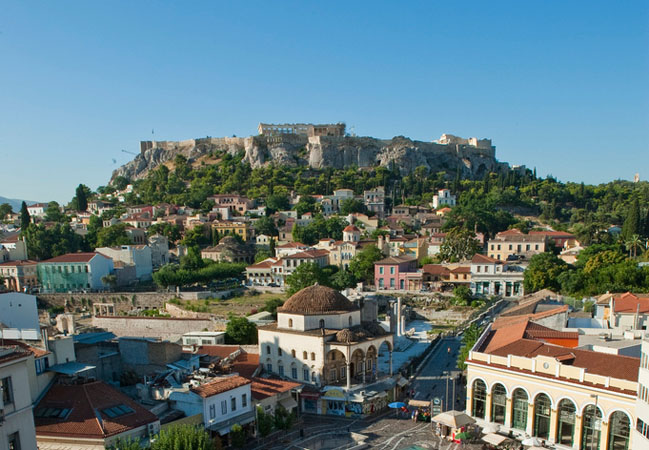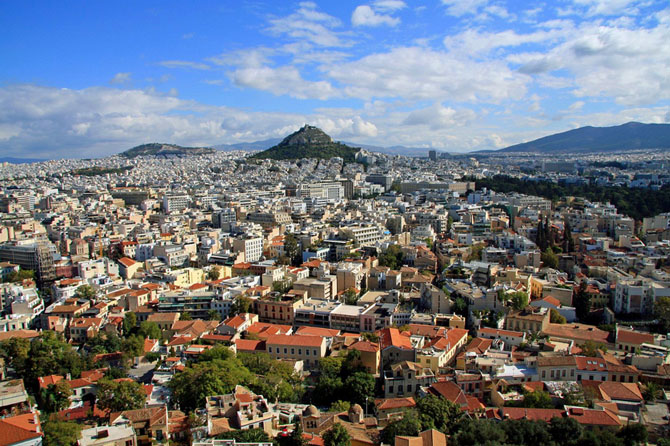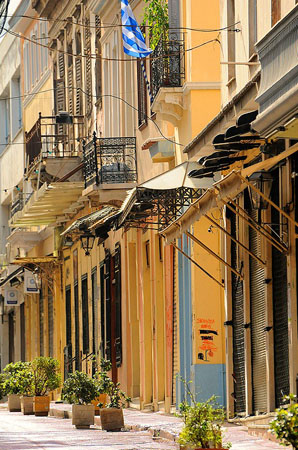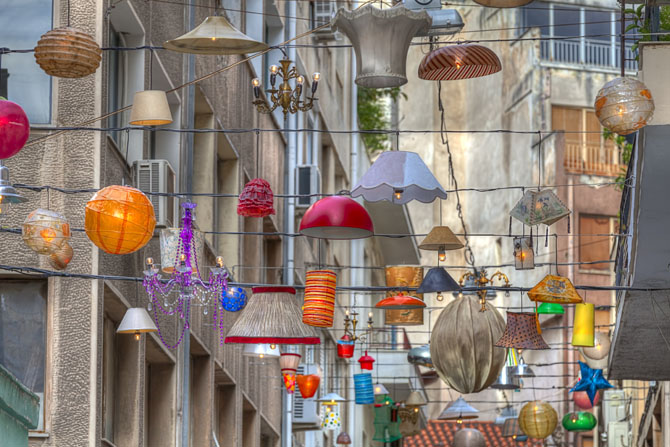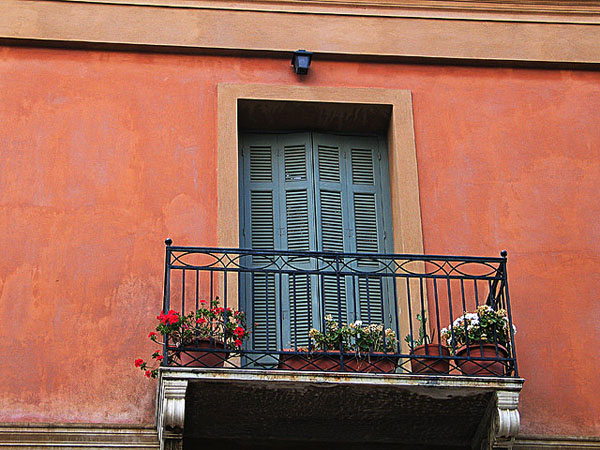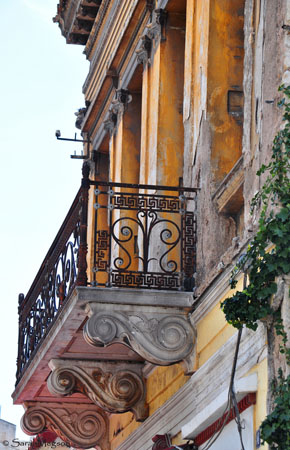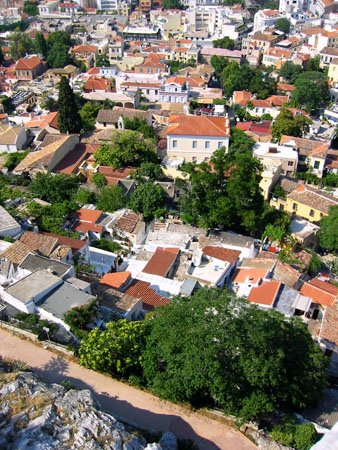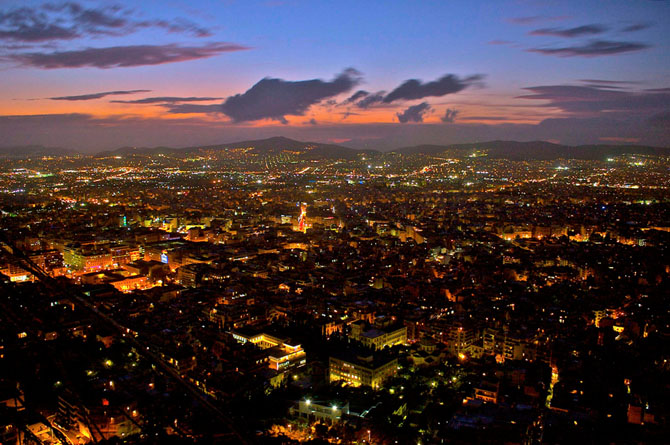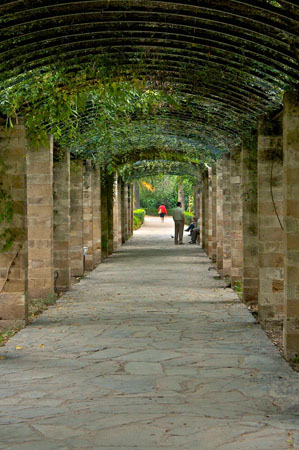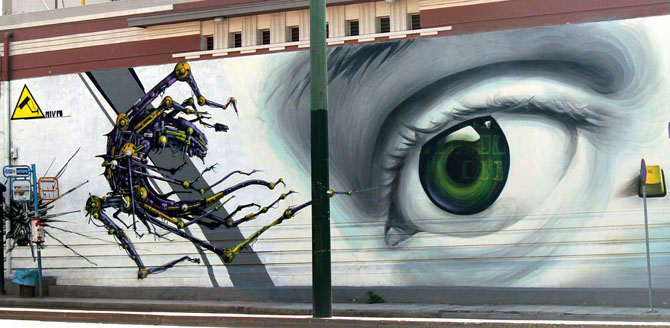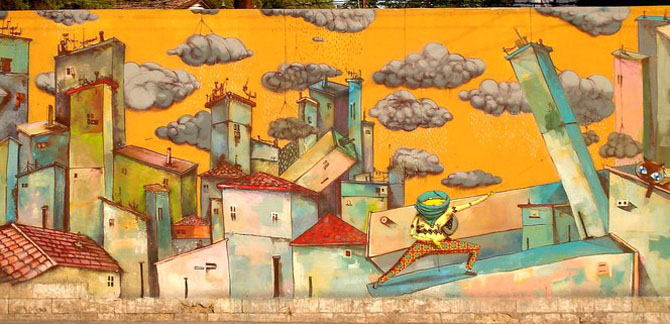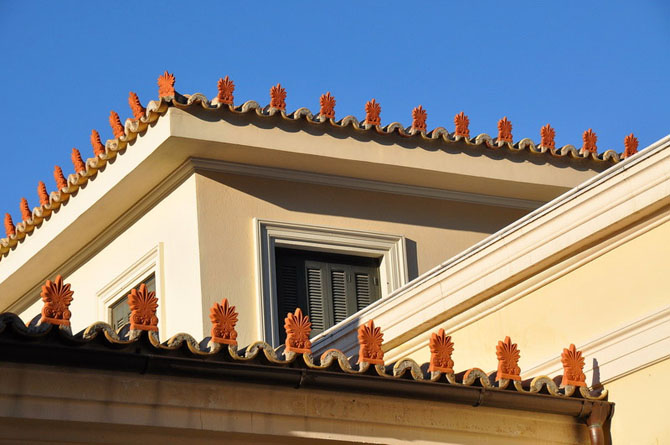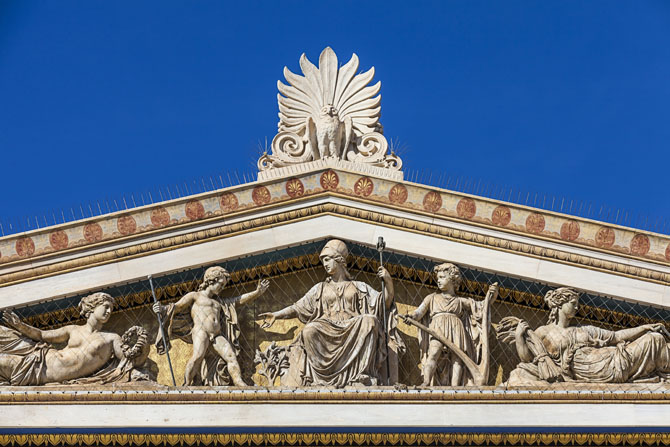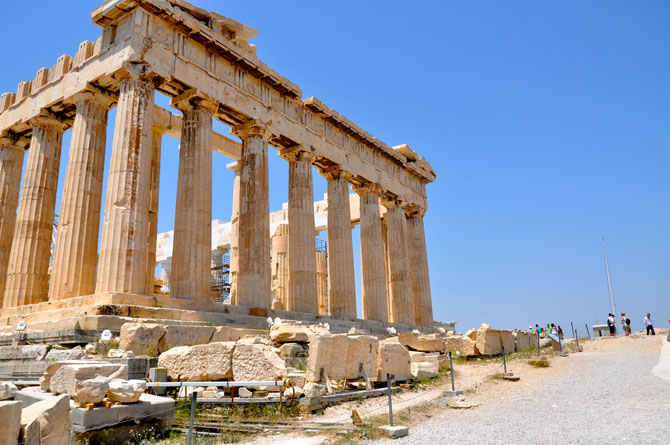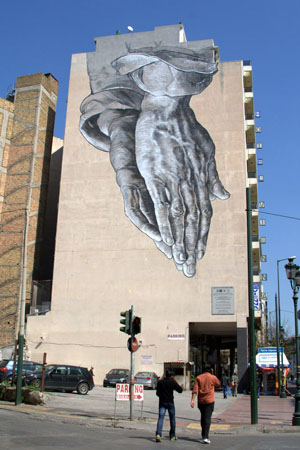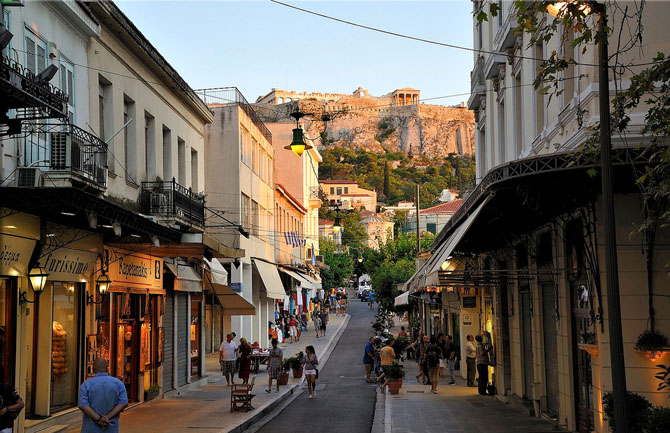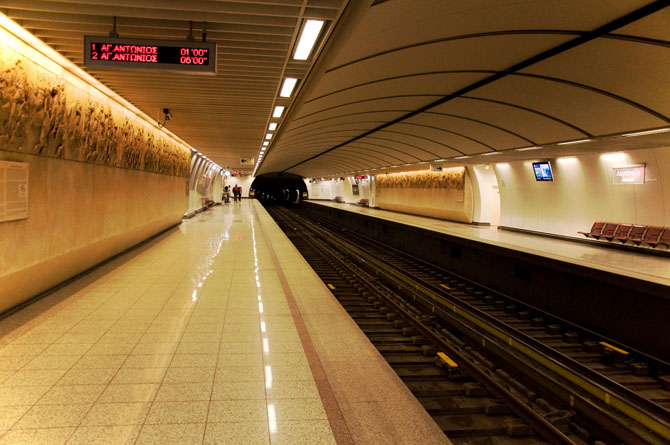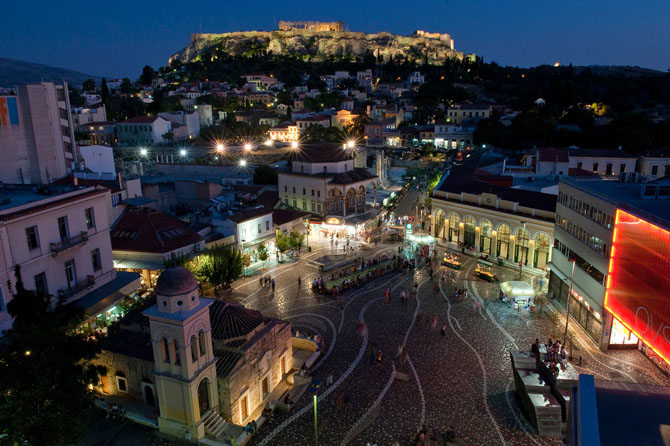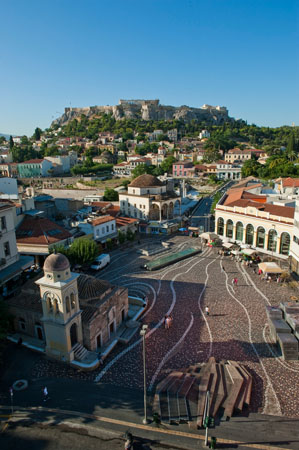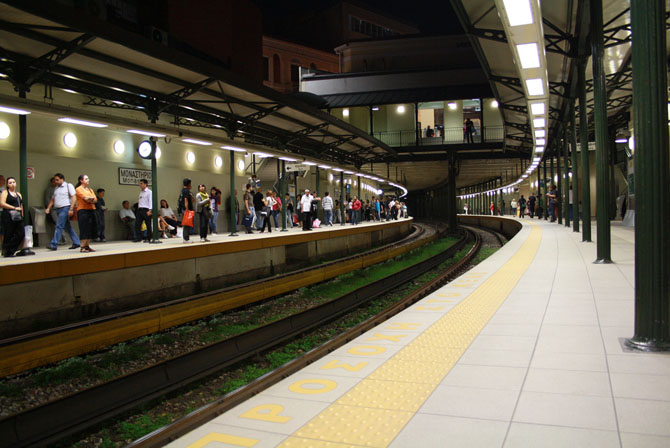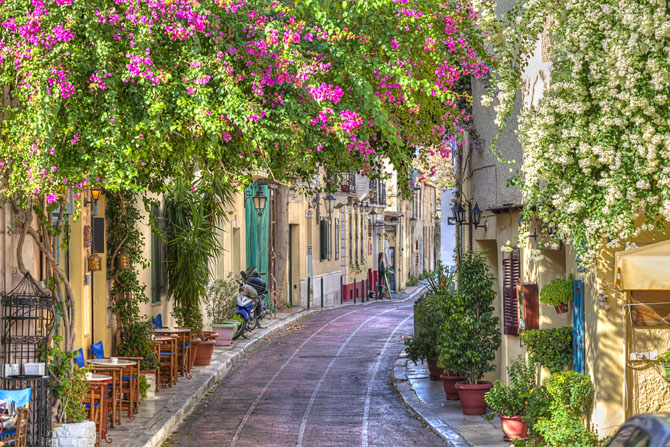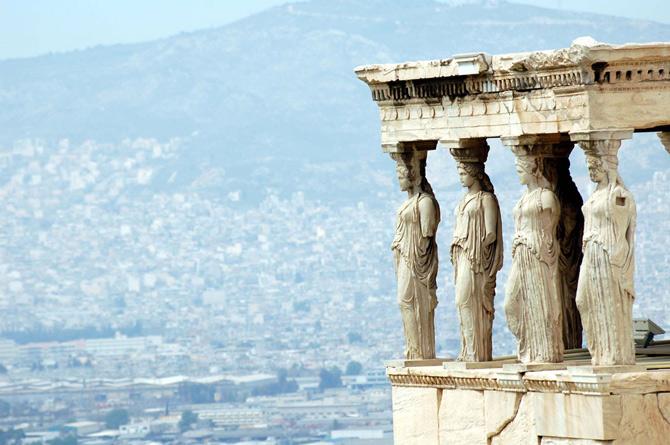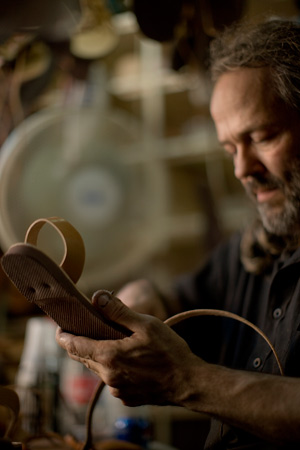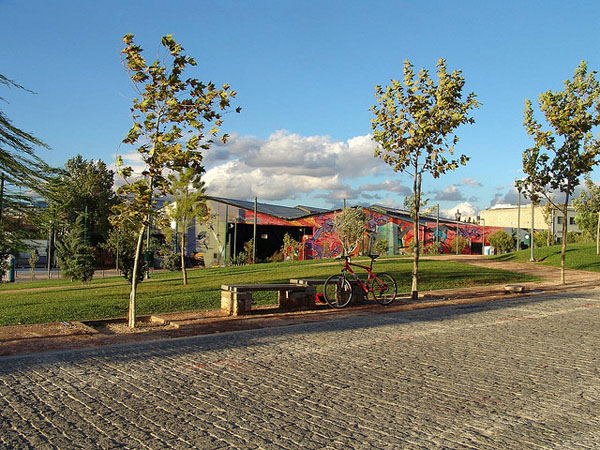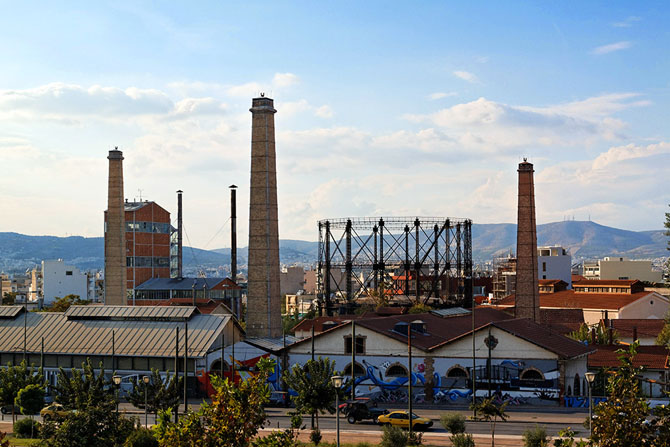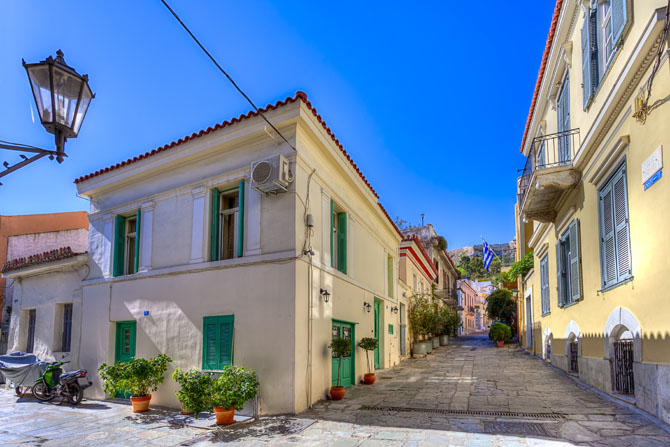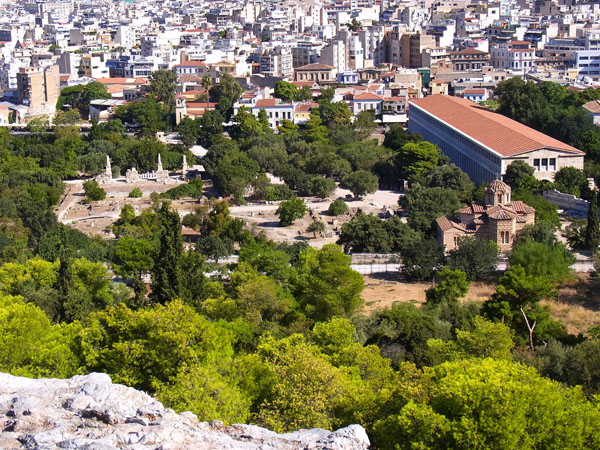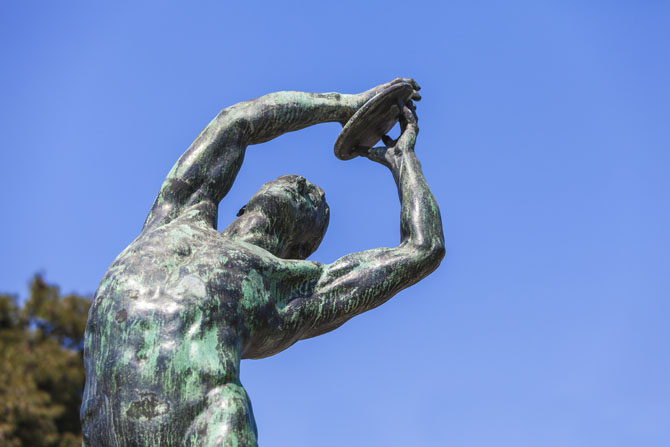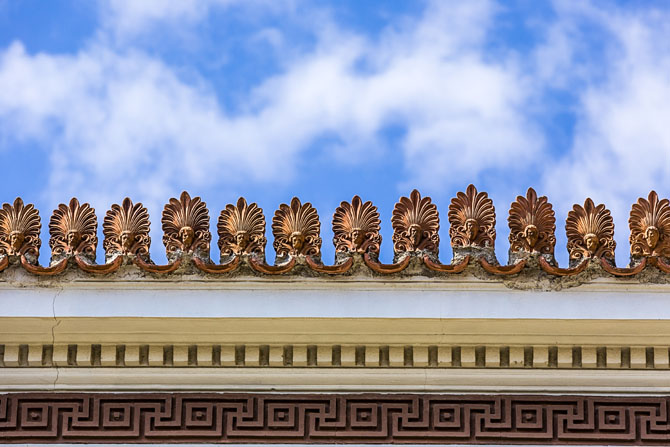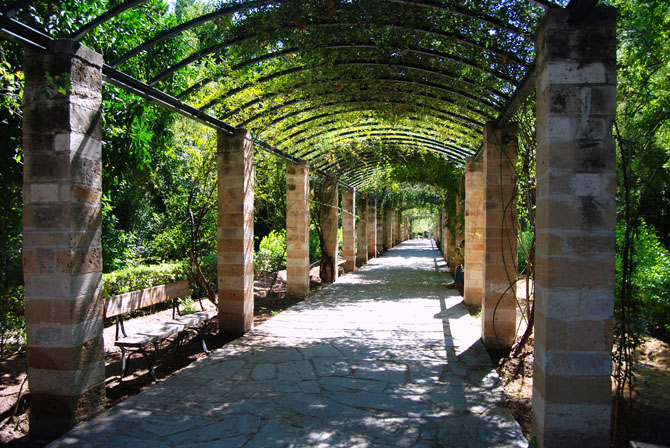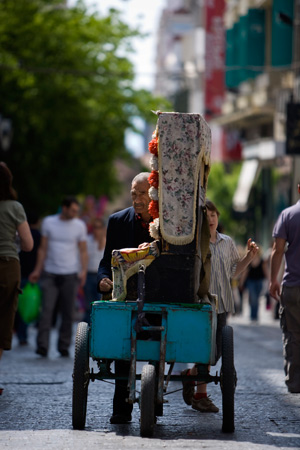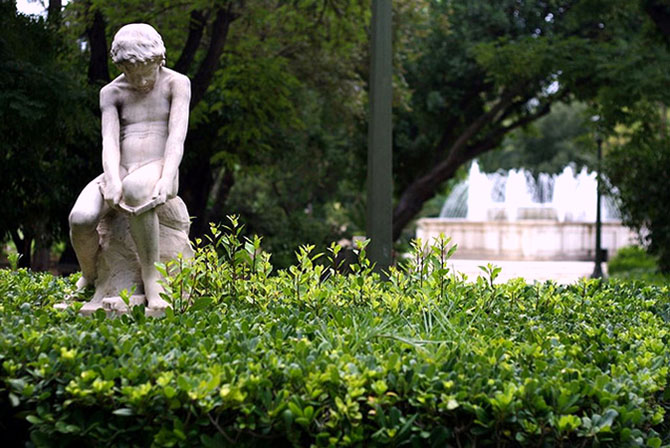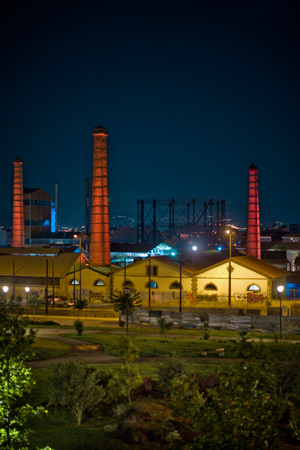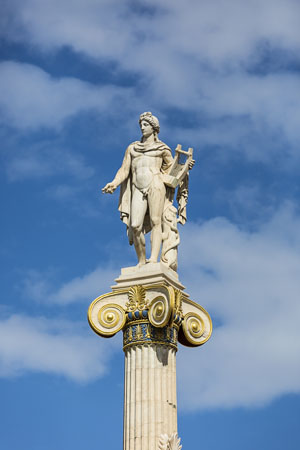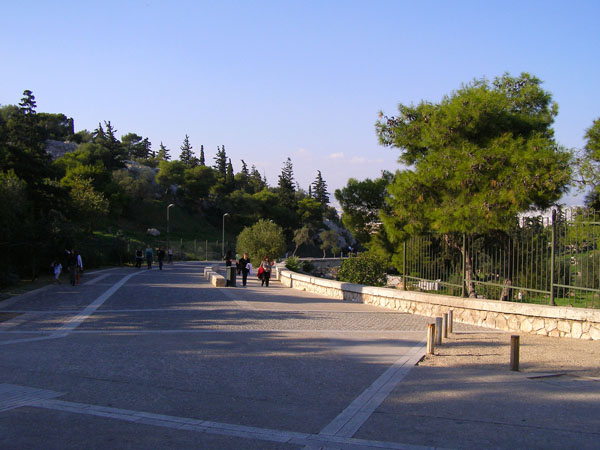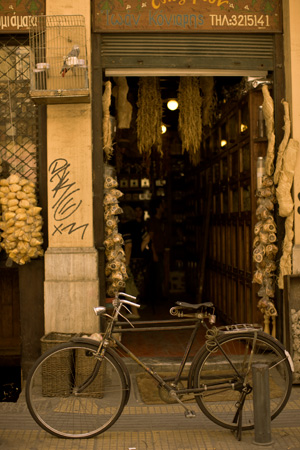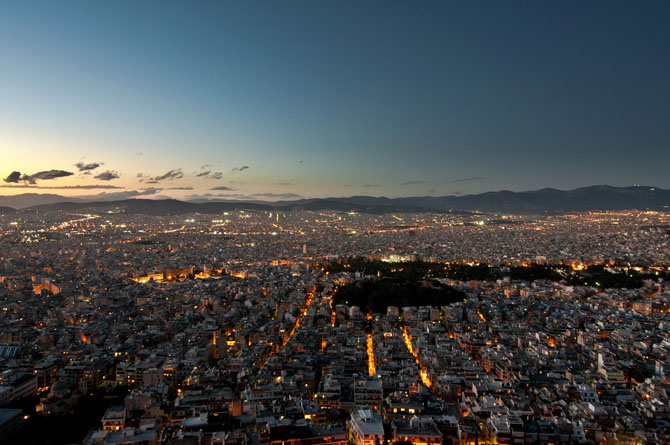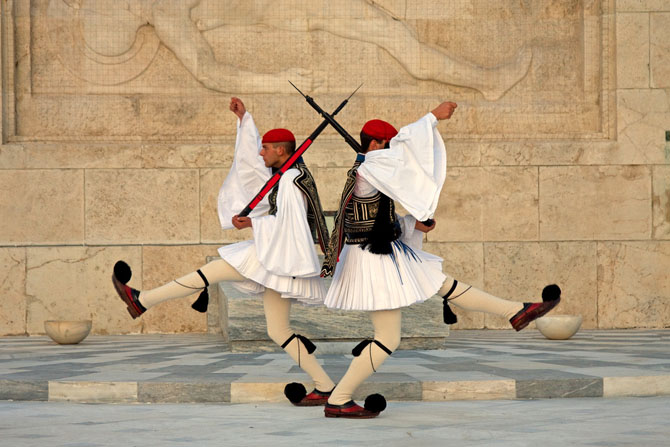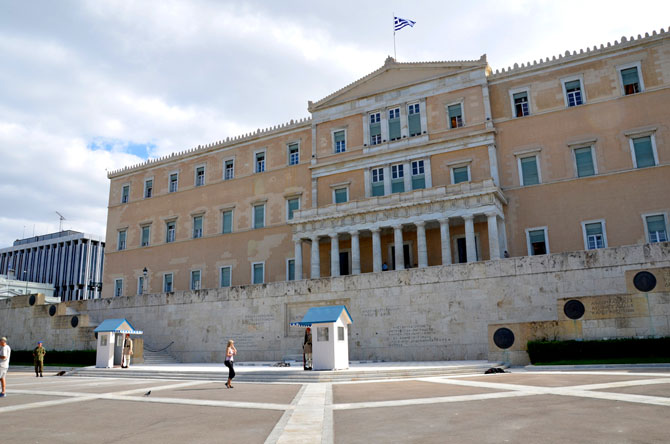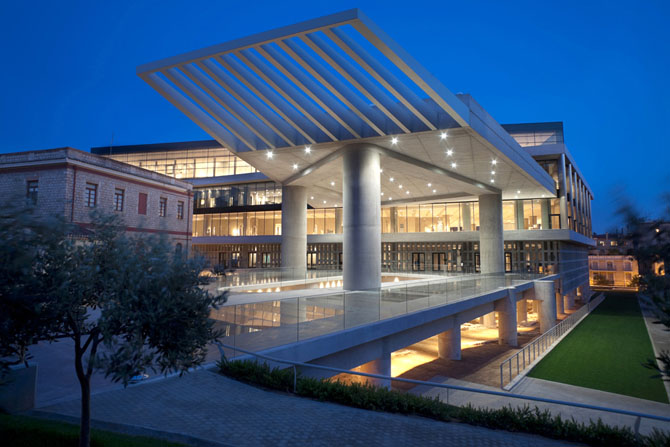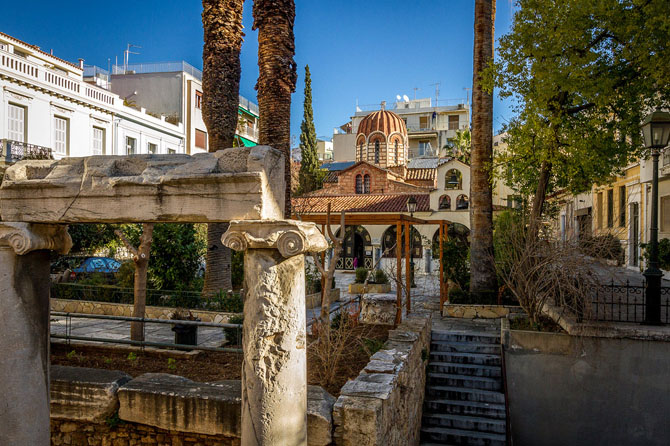Athens is the city that brought the world Democracy, Philosophy, Theater, and the first Academy of Arts and Sciences.
There can be no objective description for Athens— only subjective impressions, as the multi-faceted city manifests itself differently to each visitor or citizen. Some focus on the mismanagement, or lack of infrastructure; others love the city deeply, even with the various scratches and dents acquired through her long and sometimes confused history.
A city with a cosmopolitan nature since early antiquity, visitors gathered in the "kleinon asty" (the renowned city), to learn from great philosophers such as Socrates, Plato and Aristotle, and admire the great works of art that adorned the place.
Each aspect of the city so different, the word homogeneity cannot be used when it comes into describing the city. Next to the old neoclassical mansions coexist modern buildings, each with their own aesthetic. Strolling in the streets of Athens one will notice repeated graffiti on the walls of the buildings, evidence that the residents do not hesitate to use the urban landscape as a canvas to express emotions and sociopolitical positions. (N.B. When you see graffiti that have been repeatedly redacted or defaced, they have to do with football rivalries).
Perhaps for the sake of contrast, perhaps because of the many transformations that it has suffered, the modern city's gray body, with its protruding antennae, sprawls around that timeless symbol of harmony, the Parthenon, making it stand out all the more against the chaotic backdrop. Does the Parthenon suffice to characterize a city beautiful? Athens is certainly not only the Parthenon and surrounding area, but turning your gaze toward it from any bustling corner in the city; amid the busy-ness of daily life, you can still discern the elegance of the creation; you'll be filled with a pleasant sensation of timelessness.
The city's history is so great that a succinct narrative would be unjust. However, we should mention that according to legend, during the reign of Cecrops, when the city didn't bear a name the locals had to choose in between the olive grove, gift of the Goddess of wisdom Athena, and the salty water source, gift of the god of the sea and all waters, Poseidon. We'll let you figure out which they chose since the city is not called Poseidonia.
In the Golden Age of Athenian Democracy, the 5th century BC, the men of the city organized theatrical contests, funded in partnership between the city and individual wealthy donors, which took place in the theater of Dionysus beneath the Acropolis. These contests would eventually contribute to the world the plays of Aeschylus, Sophocles, Euripides, and Aristophanes. The Athenian elite also would congregate on the hill of The Pnyx to discuss and decide matters of importance to the city. In those same times, atop the hill of the Acropolis, the Parthenon was built in honor of the Goddess Athena, protector of the city, to house her legendary gold and ivory statue. As the Athenians had their wives to bear and raise their children, and had slaves both educated and not to work as tutors, or to tend the fields and workshops respectively, they had plenty of time to practice rhetoric, art, and philosophy.
Wars and famines to follow would weaken the city, but Athens met a new heyday during Roman times. The city remained a major center of thought until the early years of the Byzantine Empire. Religious fervor led the Byzantines to deface and destroy many important artifacts from pre-Christian times. The Emperor Justinian, from 529 AD, persecuted the remaining pagans, and closed the famed Academy of Arts and Sciences. The city fell into darkness. Many, many years of looting and destruction befell the important works of art that had adorned the city. The artifacts that survived were transported to mansions and museums of Europe, never to be taken back despite the best efforts of the Greek Ministry of Culture.
During the years of the Turkish occupation, the erstwhile Renowned City passed for generations into obscurity, not even mentioned by travelers of the 16th century. Some refer to it as a small tourkochori (Turkish village) or as 'Cetin,' possibly a corruption of the Greek prepositional phrase ‘eis tin’. (cf. Istanbul: ‘eis tin poli’). After liberation from the Ottoman Empire, and the establishment of the independent Greek state, it was chosen as the capital in 1833. At that point, Athens resembled a poor village.
Architects from abroad, notably the German Ernst Ziller, adorned fledgling Athens with neoclassical buildings, and began to create something resembling a capital city. Meanwhile Dimitrios Kambouroglou, lover and historian of Athens, was struggling to preserve the olive groves of suburban Athens, ultimately failing to resist the tide of urban expansion. One hundred and some years later, Athens is still a beautiful city. Some buildings, such as the Parliament building (formerly the royal palace), buildings around Platia Kotzia, Syntagma Square and others, were able to escape the bombings and expropriations of the Second World War, and still stand reminding us of the beauty of prewar Athens.
After the war, Athens began to rebuild, and until the 1970s was a romantic city with a special allure. Then, a destructive wave of urbanization, led by the military dictatorship then in power, led to disorderly development, which did not accurately predict nor plan for the future growth of the city, resulting in the architectural environment we know today.
Visitors to the city nowadays shouldn't get hung up on the scarcity of sidewalks, parks or other modern urban amenities. Experience the inexhaustible richness, its charming culture and numerous surprises hidden all over the city. Let us reflect on such beauty as stems from its glorious past, allowing us to find continuity that can manifest in the akrokerama (sculpted tiles) of abandoned neoclassicals, up to modern art spaces. Let us discover and admire those corners of the city that reflect the Greek flair and creativity.
Athens is a city of contrasts. Snapshots of a bygone era can make their appearance in the most unexpected, utilitarian spaces of today. A remnant of columns at the back of an apartment building invites visitors to bridge the eras, to appreciate the results of the flow of time, literally walking between the creations of ancient and contemporary times.
The city currently tolerates the pollution, the sprawl, overpopulation, and various urban problems, and responds with a sunny, lively, artistic expression and creation of alternative ways of living in the 'kleinon asty'.
A characteristic feature of Athenians is that they love to go out. Even with the current economic conditions, residents of Athens inhabit the city's streets, day and night. It is literally a city that never sleeps; whole neighborhoods remain active from dusk till dawn, all in the name of fun.
Athens can be difficult, but also magical and at every point fills the visitor with the flavor of thousands of years.
Use the map or the alphabet below to find your favorite destination!
Achaea Prefecture
Aegina
Aetoloakarnania Prefecture
Agathonisi
Agistri
Alonissos
Amorgos
Anafi
Andros
Antiparos
Arcadia Prefecture
Argolida Prefecture
Arta Prefecture
Astypalea
Attiki Prefecture
Kalymnos
Karditsa Prefecture
Karpathos
Kasos
Kastelorizo
Kastoria Prefecture
Kavala Prefecture
Kea (Tzia)
Kefalonia
Kerkyra (Corfu)
Kilkis Prefecture
Kimolos
Korinthia Prefecture
Kos
Koufonisi (Ano & Kato)
Kozani Prefecture
Kythira - Antikythira
Kythnos
Samos
Samothrace
Santorini
Schinoussa
Serifos
Serres Prefecture
Sifnos
Sikinos
Skiathos
Skopelos
Skyros
Spetses
Symi
Syros
Would you like to combine skiing in the morning and then go swimming in the afternoon, all in one region? Click to choose your interests and see in which part of Greece you enjoy them. Combinations are endless!










